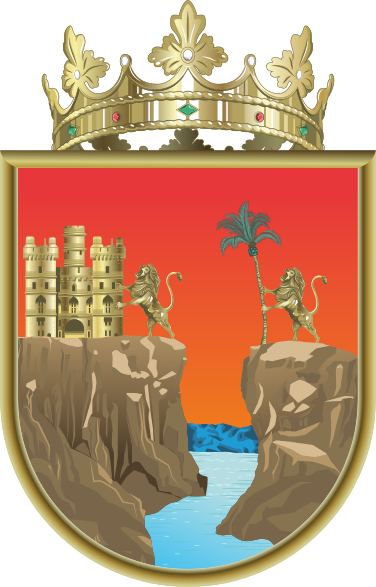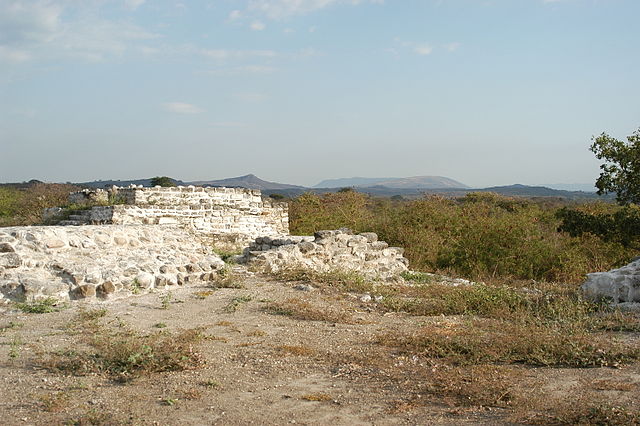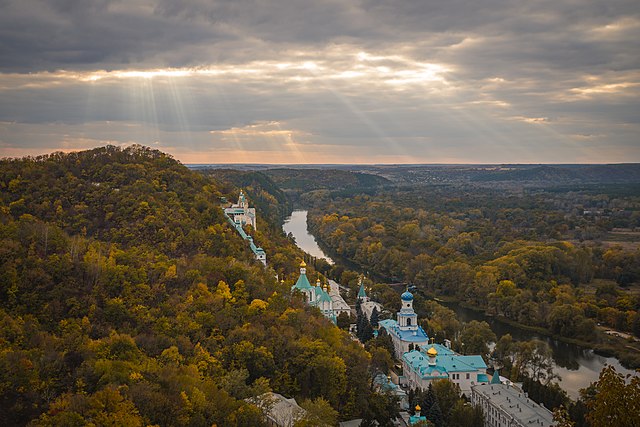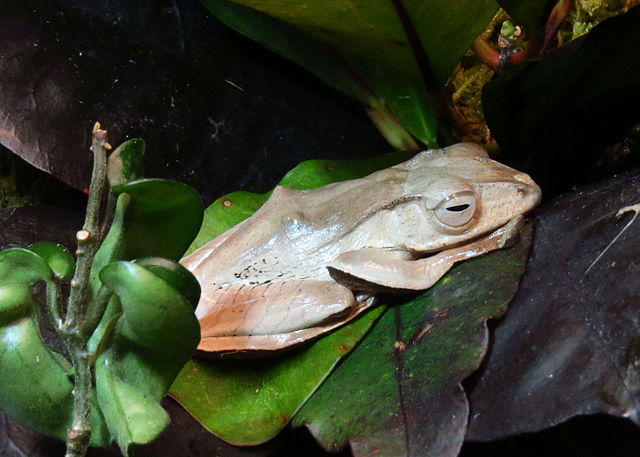We just learned about the Mexico state of Guanajuato.
Another Mexico state is Chiapas.
This state borders the Pacific Ocean, and the country of Guatemala.

(from: wikipedia - chiapas)
The coat of arms of Chiapas is a shield with a red background, for the dangers of the past.
There are two cliffs, with the Grijalva river in the middle, for the justice of the state.
On the left cliff there is a lion with a castle, for heroism and strength.
On the right cliff is a lion and a palm tree, for victory and protection.

(from: wikipedia - chiapas)
There are ancient ruins from over 1,000 years ago in a place called Palenque.

(from: wikipedia - palenque)
Chiapas has some of the oldest fossils found in North America, with one building uncovered from 700 BC, over 2,700 years ago!

(from: wikipedia - chiapa de corzo (mesoamerican site))
Kid Facts - Blast from the past: Alaska Range







